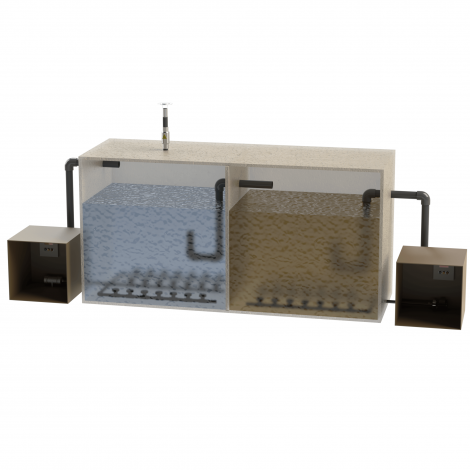Removal of phthalates
Synthetic organic compounds – phthalates. They are used in the production of plastic products and PVC and are very widespread in our environment. Phthalates are endocrine-disrupting pollutants that cause a variety of negative consequences: slower neurological development in children and premature puberty. Phthalates are released into the water when the plastic comes into contact with water and thus enters the wastewater. Di(2-ethylhexyl) phthalate (DEHP), Di-n-butyl phthalate (DBP), and Benzyl-butyl phthalate (BBP) are among the most common phthalate compounds in the environment. DEHP is classified among the substances identified as dangerous priority substances at the EU level already in 2013, and whose discharge from the wastewater must be stopped by 2033.
To remove residual organic micropollutants, including phthalates, from the water in wastewater treatment plants, traditional tertiary wastewater treatment technologies are usually used: filtration with activated carbon, ozonation, other advanced oxidation methods, membrane filtration or filtration with sand filling. For effective wastewater treatment, hybrid technologies are also used – several technologies that complement each other, usually combining advanced oxidation methods with sorption-filtration methods. Hybrid solutions enable the efficient removal of micropollutants and achieve the required degree of purification.
